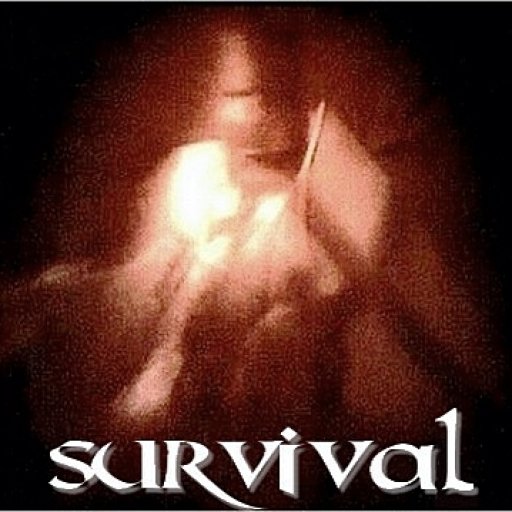The Knights Templar was created and played on a Korg iX 300. I made the patch myself from scratch.
Jack Langevelt
About The Knights Templar
Following the victory of the First Crusade a group of knights, led by Hugues de Payens, offered themselves to the Patriarch of Jerusalem as a military force.
This proposed military force had the mandate of protecting Christian pilgrims who were en route to the Holy Land In the year 1118 AD King Baldwin II granted the Templars quarters on the Temple Mount.
For the first nine years of their existence, the order consisted of nine knights. Speculations of treasure hunting aside, one of the reasons for the limited number of members may have been the reluctance to take Templar vows. Chastity, poverty and obedience were hardly a lifestyle greatly sought after.
In the year 1127 the Cistercian abbot, Bernard of Clairvaux, wrote a rule of order for the Templars that was based on his own Cistercian order's rule of conduct. Additionally, Bernard did a great deal to promote the Templars.
Perhaps Bernard's greatest contribution to the order was a letter that he wrote to Hugues de Payens, entitled De laude novae militae (In praise of the new knighthood.)
This letter swept throughout Christendom with the result being that many men, of noble birth, joined the ranks of the Templar Order. Those who were unable to join often gifted the Templars with land and other valuables.
While it is true that the Templars were not permitted, by their rule, to own much of anything personally, there was no such restriction on the order as a whole. As such the gifts of land were accepted and put to immediate use by the order.
From humble beginnings of poverty in 118, when the order relied on alms from traveling pilgrims, the Order quickly grew to have the backing of the Holy See and the collective European monarchies.
In the process, the order became wealthy. Aside form the gifts showered upon them, they were experts in commerce and free from the taxation and tithes imposed on other orders.
However, in less than two centuries, the Templars would meet their demise perhaps because of their wealth or fear of their seemingly limitless powers. It is generally agreed that Philip IV was envious of the Templar's wealth and sought to secure it for himself.
Regardless of the motivation, the order was taken down at the hands of the Pope and the King of France in 1307.
On October 13, 1307 Philip had the Templars arrested on grounds of heresy; since this was the only charge that would allow the seizing of their money and assets.
The Templars were tortured and confessions were given. These confessions included:
Trampling and spitting on the cross
Homosexuality and Sodomy
Worshipping of an idol named Baphomet
Philip was successful in ridding the Templars of their power and wealth and urged all fellow Christian leaders to do the same thing.
On March 19th, 1314 the last Grand Master of the Knights Templar, Jacques de Molay, was burned at the stake.
De Molay is said to have cursed King Philip and Pope Clement as he burned, asking both men to join him in death within a year.
Whether the story is an apocryphal legend or a matter of historical fact depends largely on one's point of view.
However, Pope Clement V died only one month later and Philip IV seven months after that. (By Stephen Dafoe)




Yeah, I still love that pipe organ sound also. Great voicings you created by the way. From scratch? Wow. I also enjoy the historical story line connection. Makes your music almost a movie.
David C Deal
man that pipe organ has a very medieval sound to it! love it.
excellent tune.